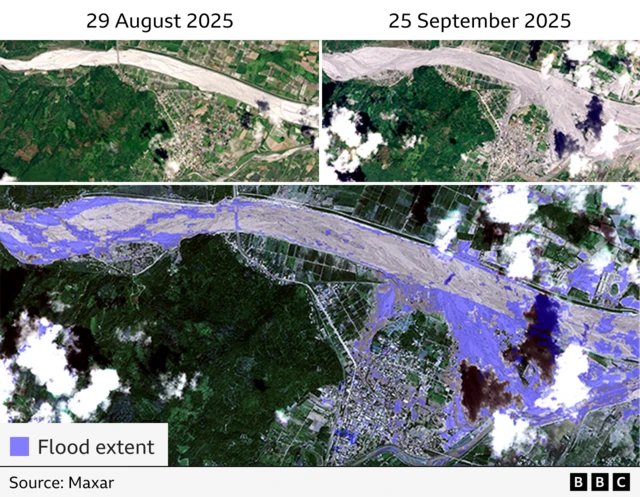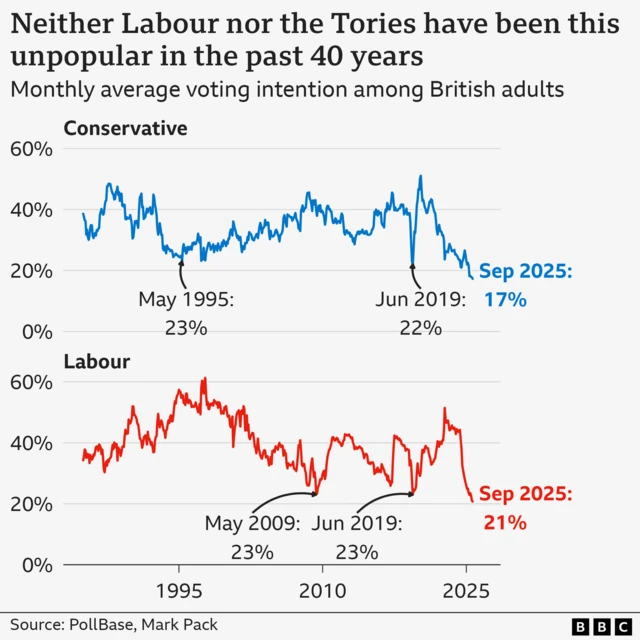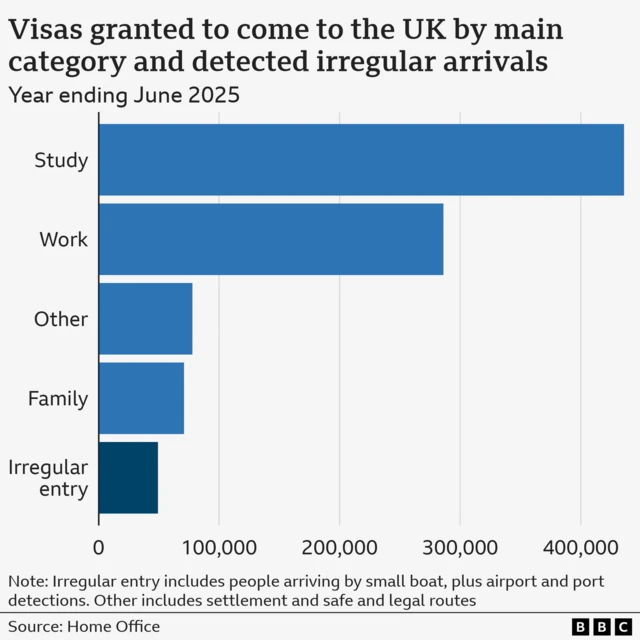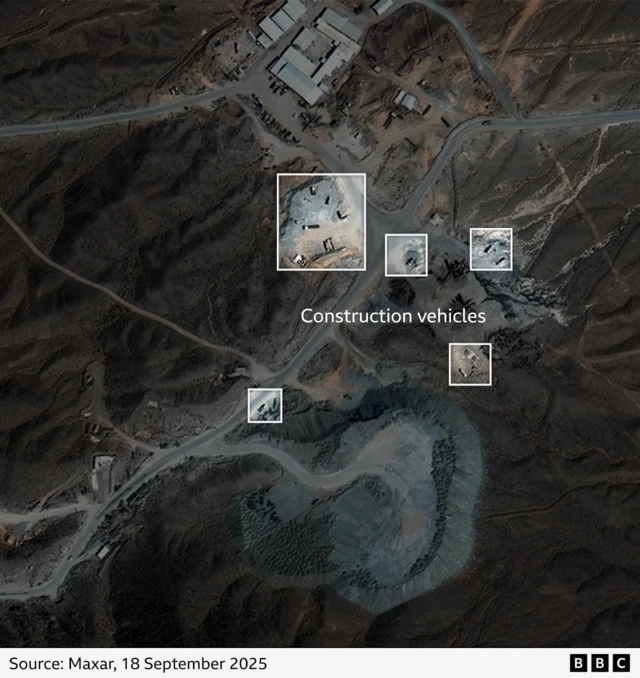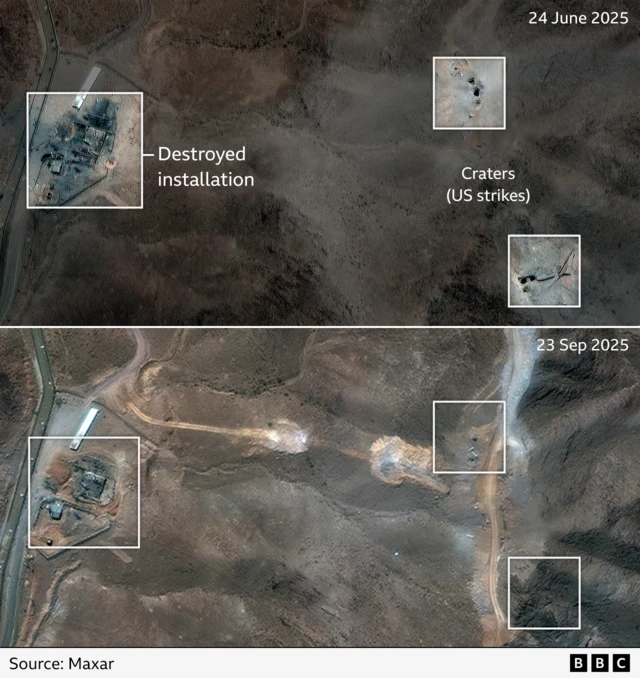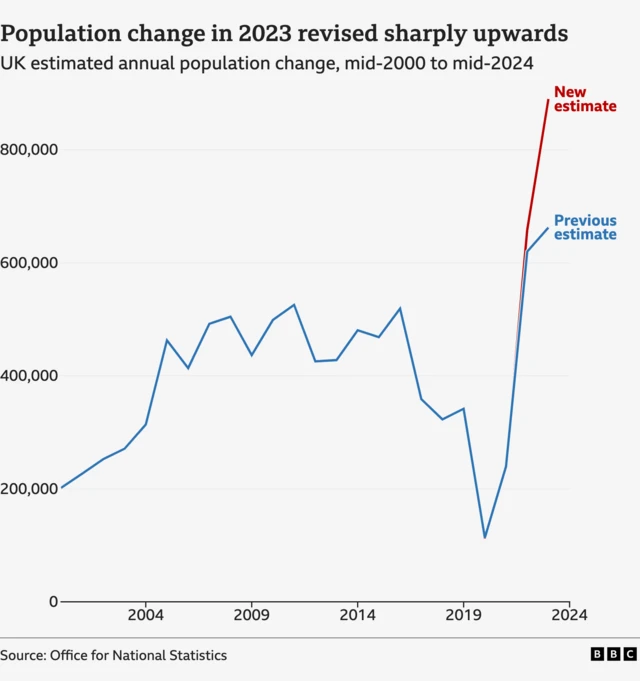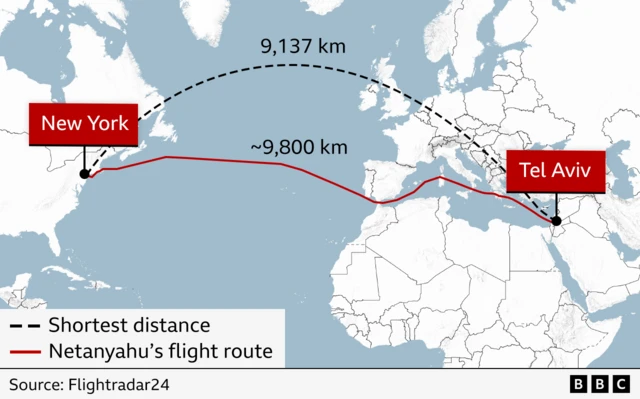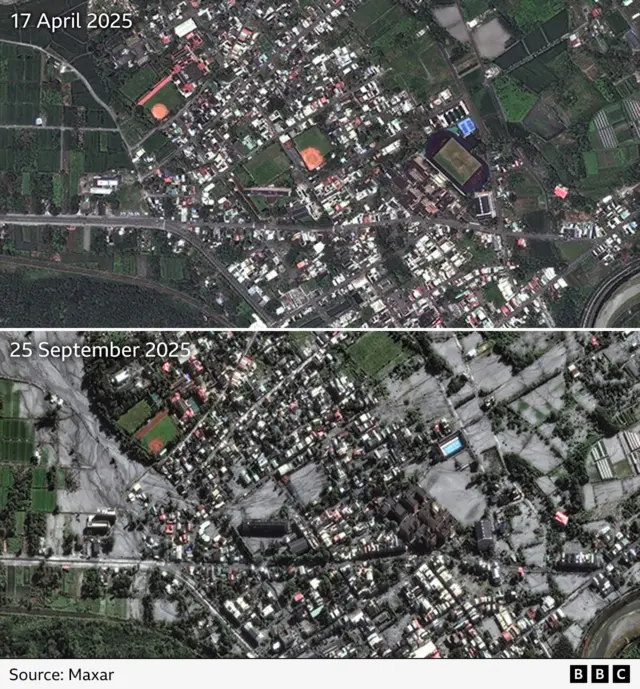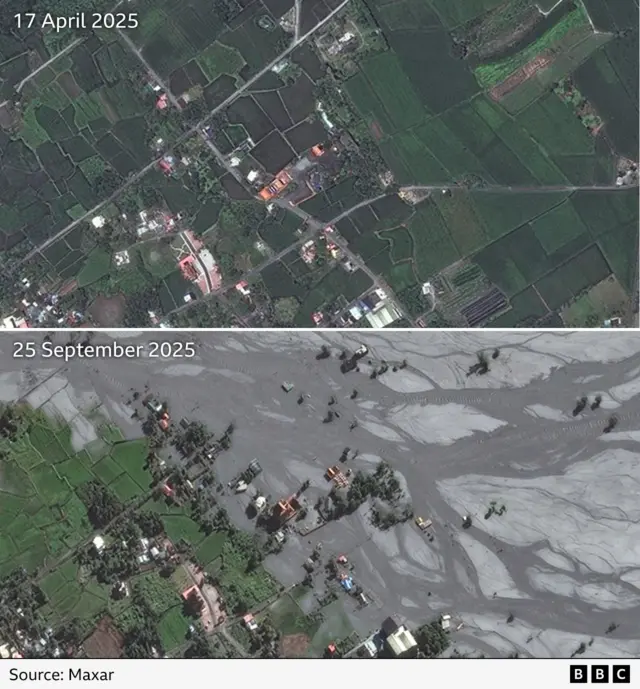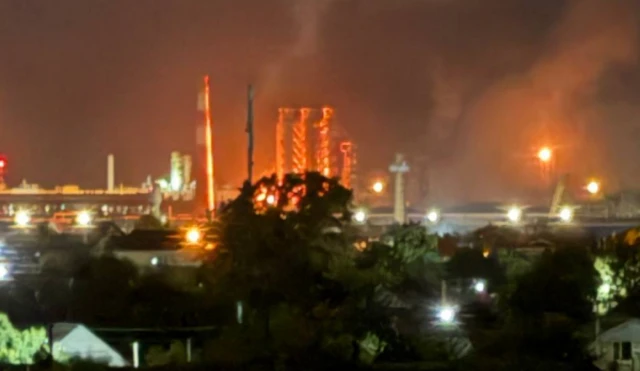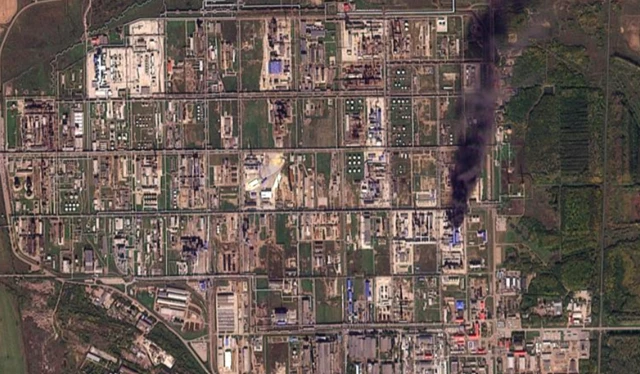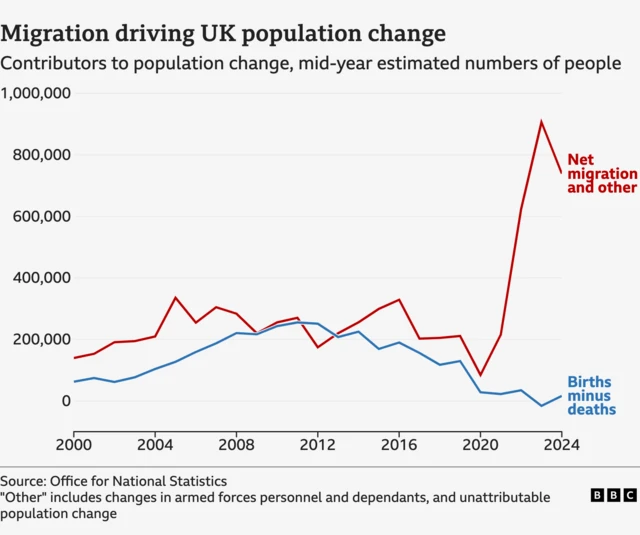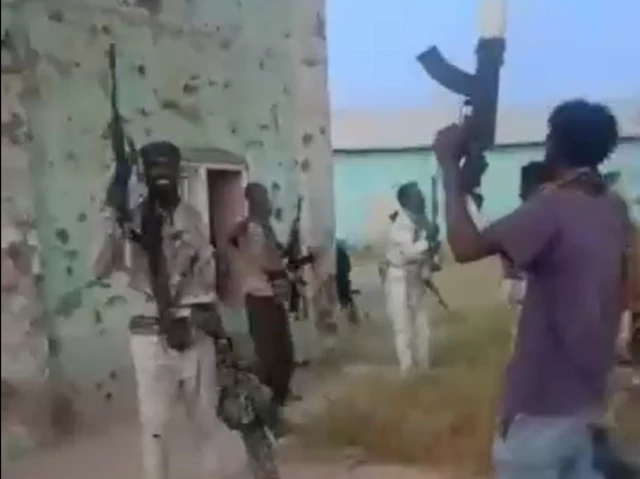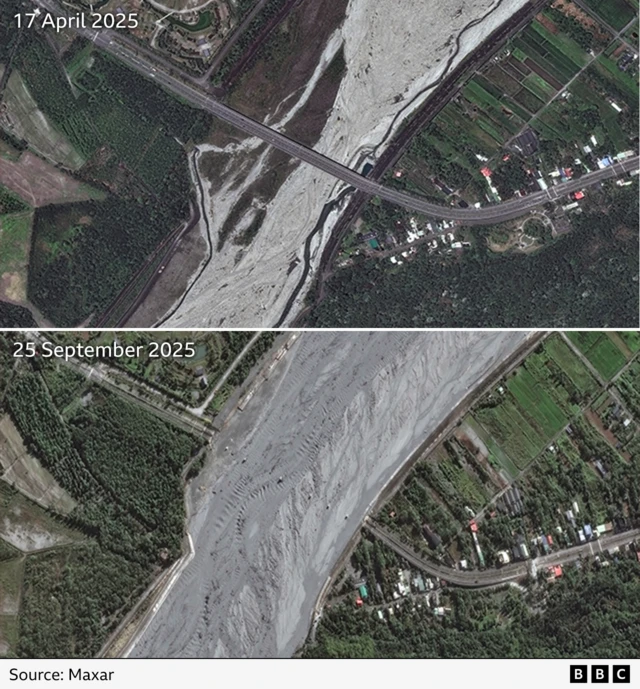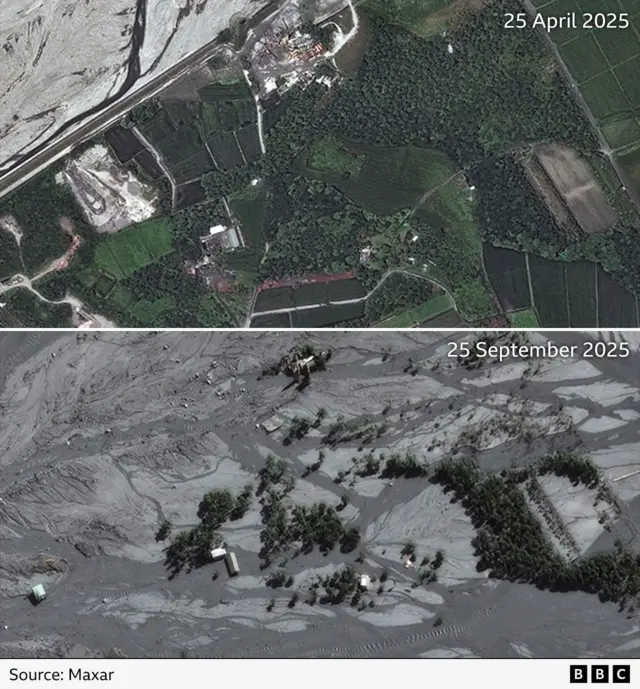Friday with BBC Verifypublished at 17:06 BST 26 September
 Thomas Copeland
Thomas Copeland
BBC Verify Live journalist
BBC Verify Live will be closing for the week shortly, but you’ll continue to see verification and fact-checking coverage from our teams in London and Washington DC across the BBC this weekend.
Today we’ve been focusing on the small Taiwanese town of Guangfu where at least 15 people have been killed after Super Typhoon Ragasa burst the banks of an upstream lake causing a devastating torrent of water to flood the town. As Taiwanese officials continue to search for the missing, we’ve been using satellite imagery to measure the extent of the damage.
We’ve also used satellite images over Iran to show evidence of construction work at key nuclear sites targeted by Israel and the US in July, verified footage of fighters from the Rapid Support Forces at a key army base near the besieged Sudanese city of el-Fasher, and tracked Benjamin Netanyahu’s unusual flight route to the UN ahead of his speech today.
In the UK, we’ve monitored a new data release that has revised the UK population up by more than a quarter of a million and shown how polling for both Labour and the Conservatives has hit 40 year lows.
Plus, watch Ros Atkins break down the UK’s new digital ID plan.
Thanks for joining us this week. BBC Verify Live will be back on Monday morning.

